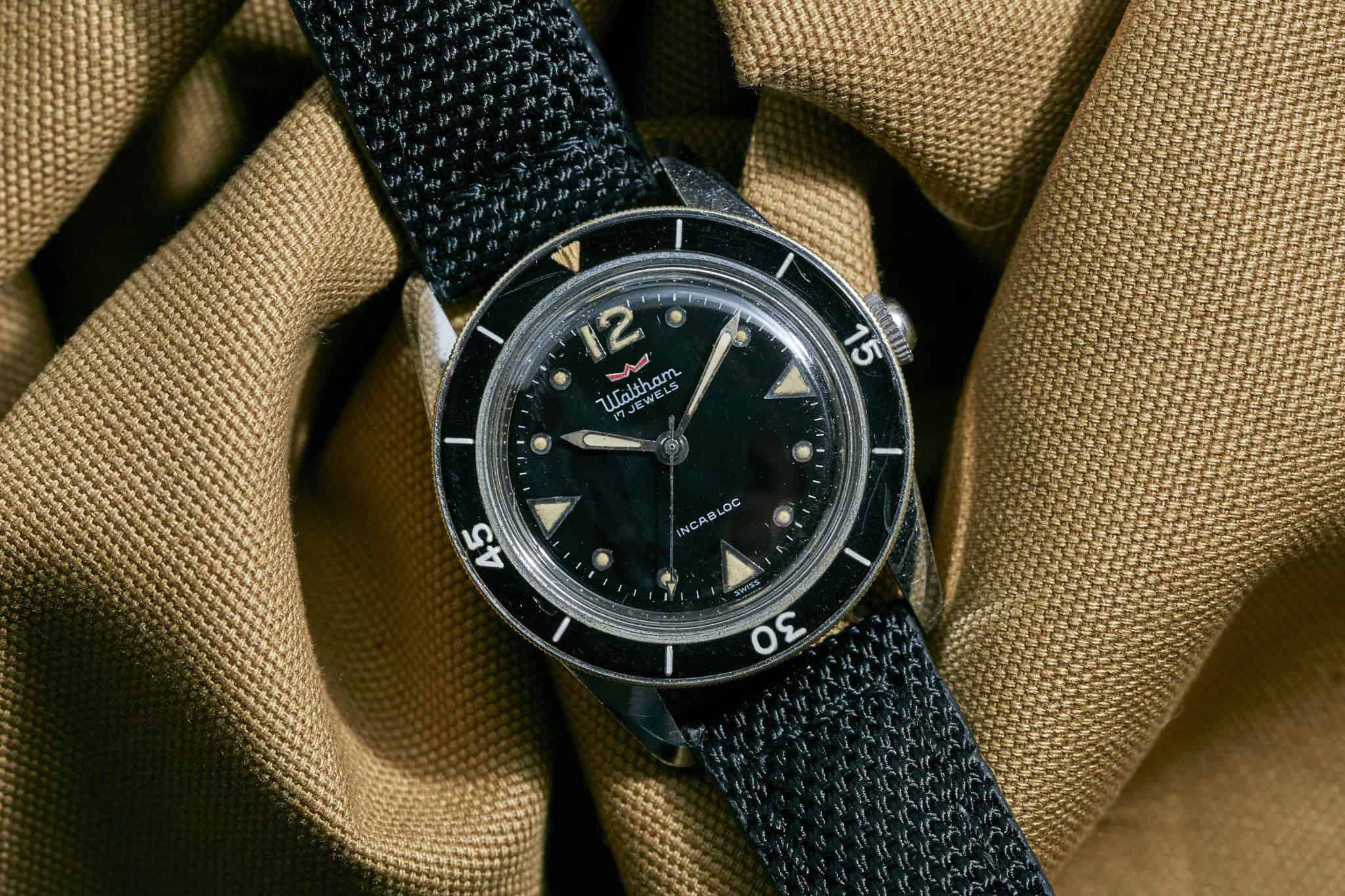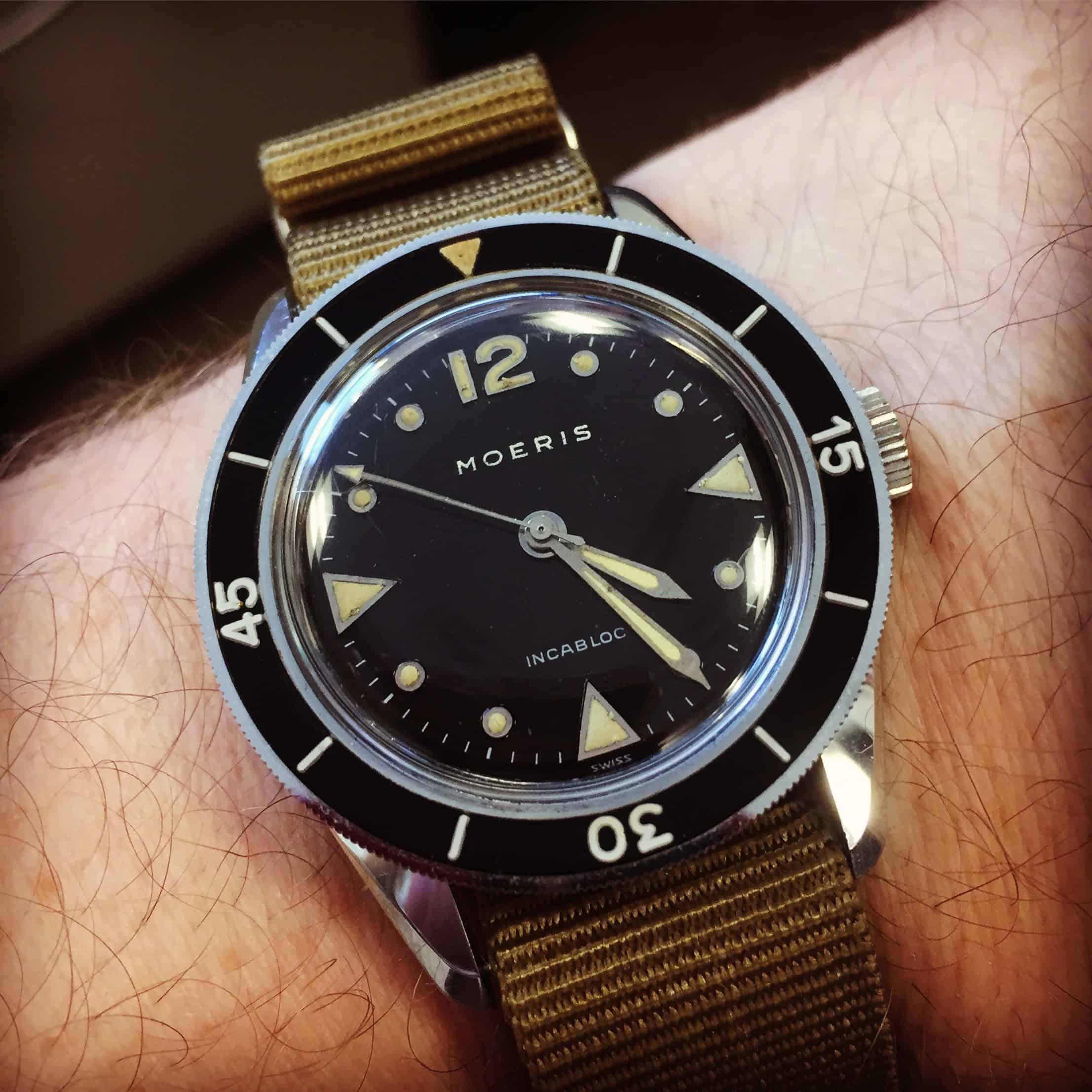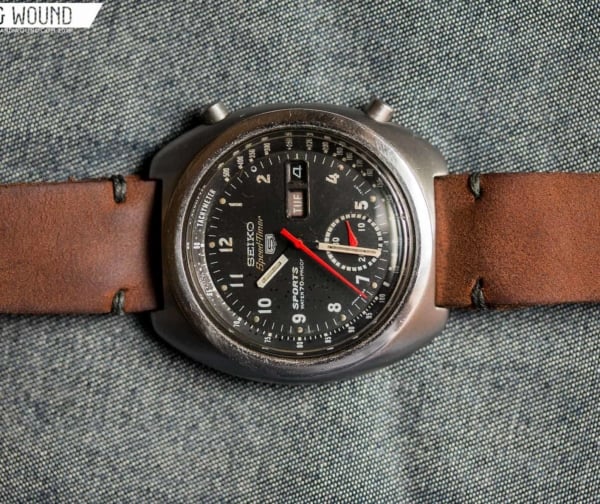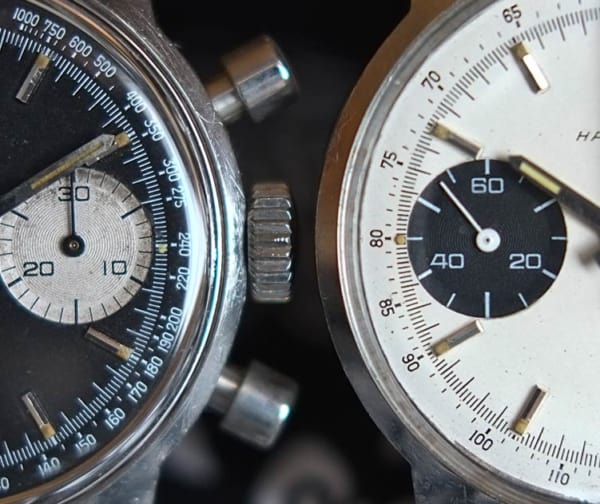Late last year, longtime Worn & Wound reader Marc Sirinsky wrote a guest post about the iconic “Jaws” dive watch in an installment of our popular Affordable Vintage series. It was a big hit with our readers, so much so, in fact, that Marc wanted to write about another vintage piece with a great story. So today, he’s here to tell us all about a two “private label” Bathyscaphes and why you might want to keep an eye out for them.
I’m a big fan of “private label” watches—those timepieces made by one brand for another, and often featuring the latter’s brand name on the dial. Historically, the brands on the receiving end of this relationship were another watchmaker, jeweler, or even a department store. This particular practice started with pocket watches and has continued right up through the present day. Some of the more well-known examples are the “Poor Man’s Heuers,” which were watches produced by Heuer for other brands, among them Aristo, Clebar, Hamilton, Le Jour, Tradition (a brand sold by Sears Roebuck), Tourneau and Zodiac. The great thing about private label watches is the value proposition they offer—they can sometimes be acquired for a fraction of the price of a watch with the original name on the dial, and they are often rarer as well. And I’m nothing if not a price-conscious watch guy with an eye towards rarity.
Some may be surprised to know that the manufacturer Blancpain also engaged in this practice. This is a company that really needs no introduction and is integral to the history of horology. Their Fifty Fathoms model, introduced in 1953, is generally regarded as the first dive wristwatch and has become legendary in the world of watch collecting. At 40mm and up (depending on the model), the Fifty Fathoms was an immediate success in the water.
That success led to the development of a new, but related model for the general public. The watch was to retain much of the stylistic cues and functionality of its brother, but it was meant to be equally at home under a shirt cuff as over a dive suit. In 1956, this vision became a reality with the release of the Bathyscaphe, named for the deep-water diving vessel invented by Auguste Piccard. Note that while many folks conflate these two models, these are two different watches that were originally designed for two different (but related) purposes.










 Featured Videos
Featured Videos








